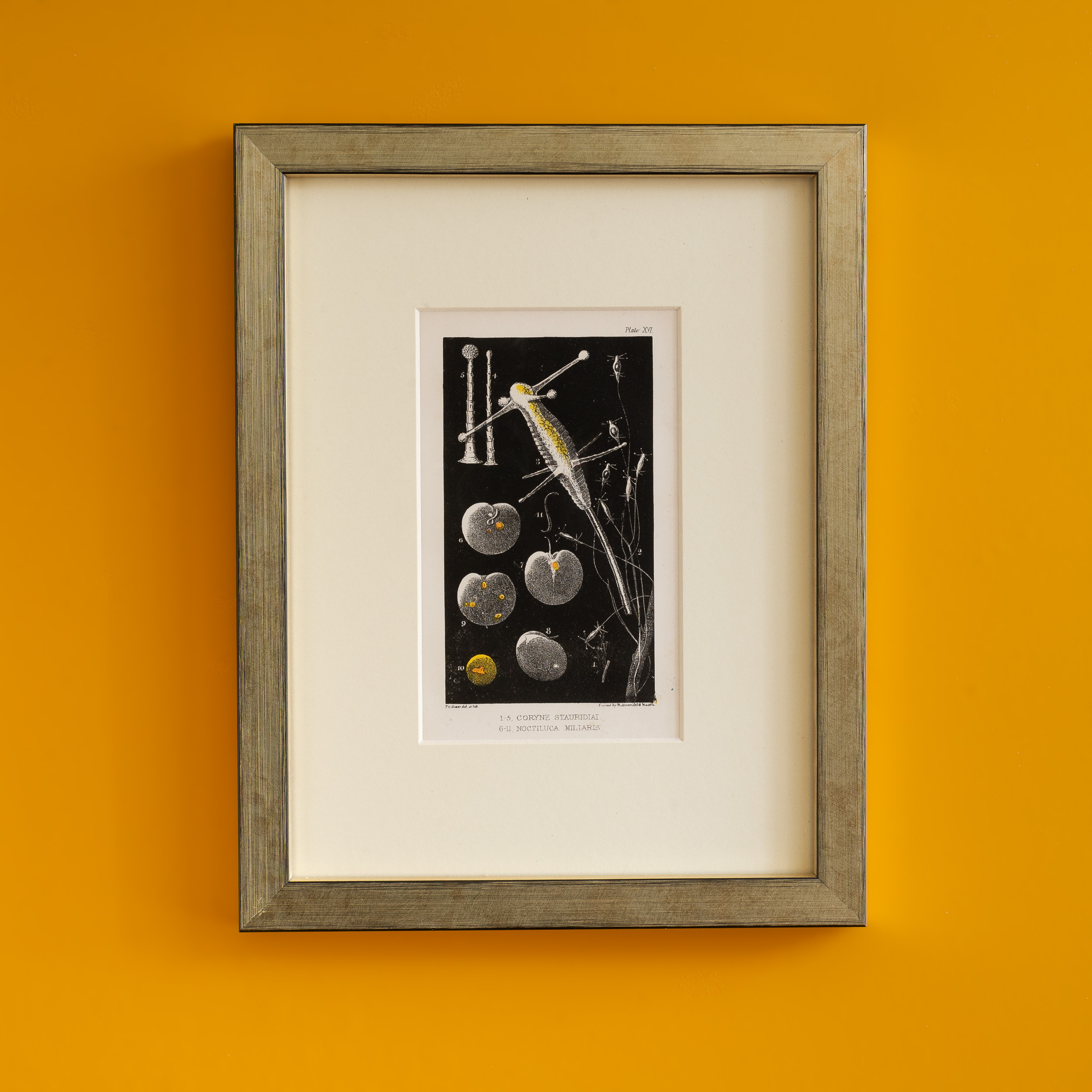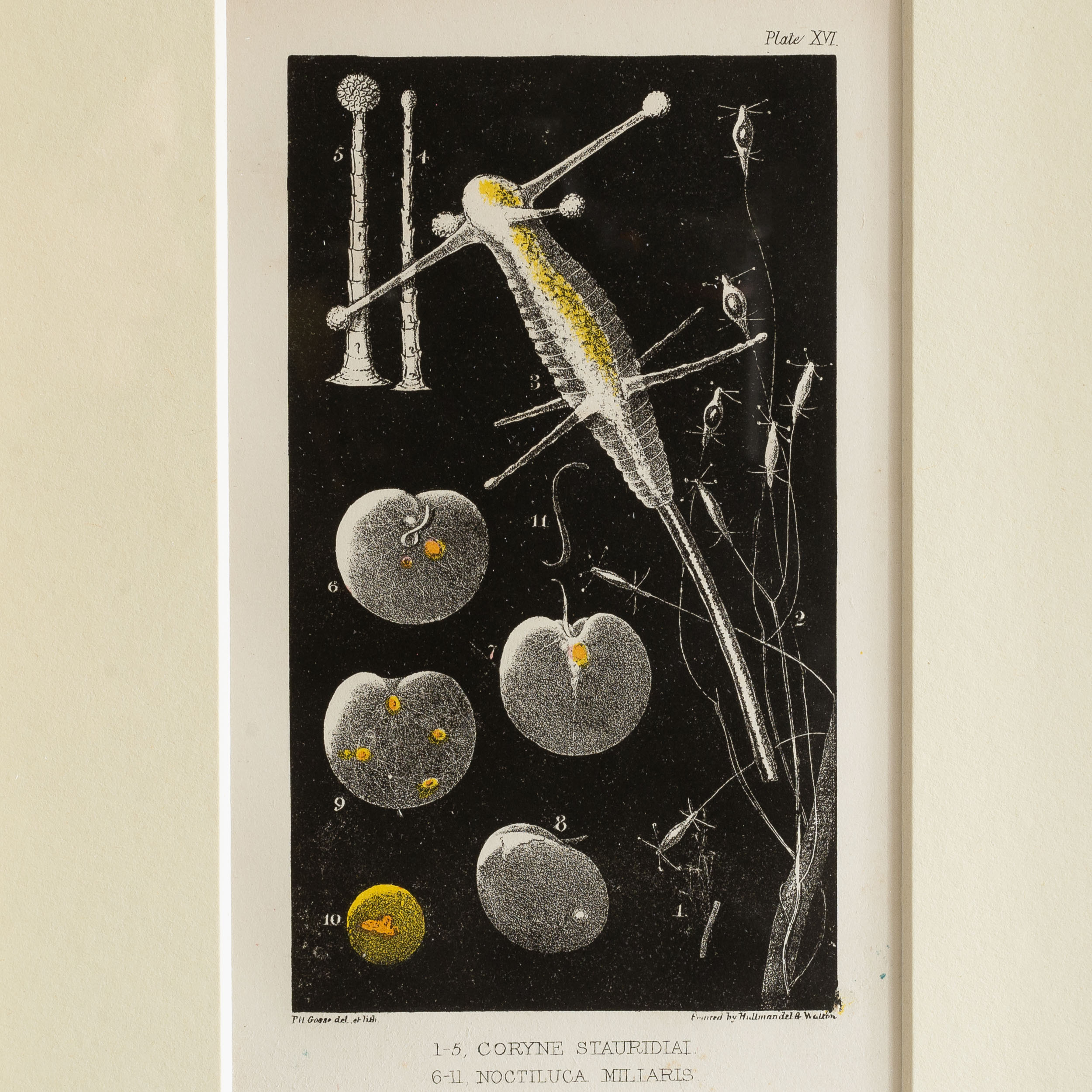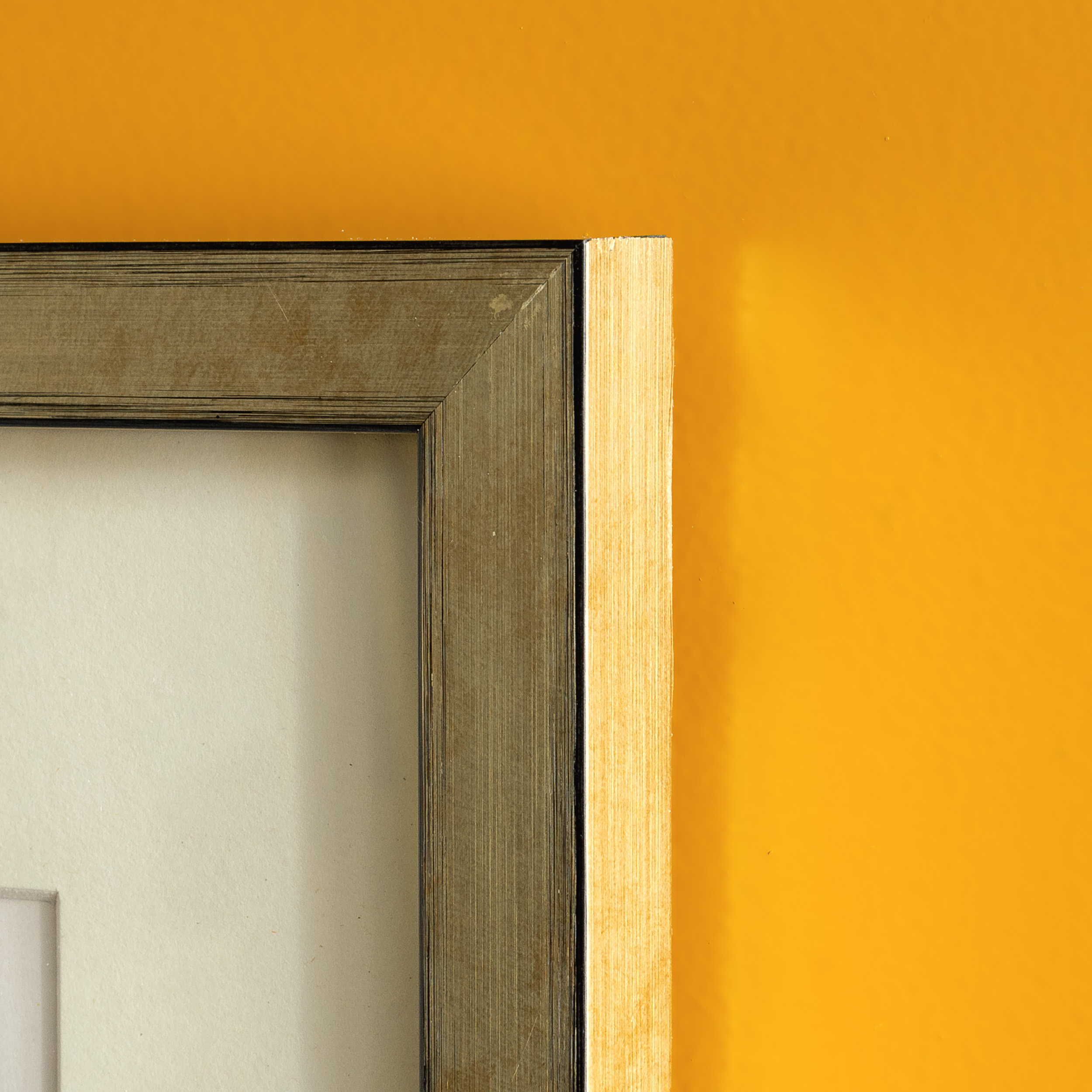Naturalist Rambles on the Devonshire Coast, by Philip Henry Gosse. ‘Coryne Staurdial, Noctiluca Miliaris’,’,
Published in London, by J. Van Voorst, 1853
Living in London, Gosse's prodigious hobby of publishing work on his observations resulted in a breakdown from overwork. He was advised to go and live in the country and moved to Devon in 1853 where he wrote 'A naturalist's rambles on the Devonshire coast' The book successfully popularised the science of marine biology, but his reputation as a serious scientist later suffered with the publication of 'Omphalo' in which he refuted developmental theory, aiming to reconcile geology with the Bible's account of creation.
£220
In stock
Hand-coloured lithographs of British marine biology, published 1853. Presented in cram mounts with gilt frames.



